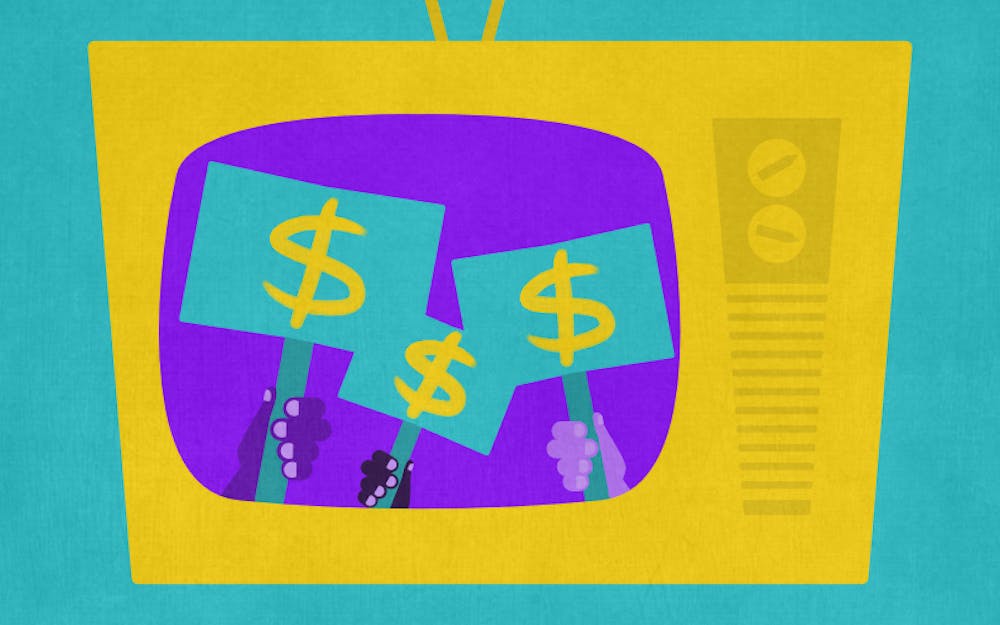The coronavirus pandemic has forced millions to stay indoors and completely reimagine their daily operations. The entertainment industry in particular has been flipped on its head, with nearly all live performances and large venues being shut down, including movie theaters. The coronavirus has halted some of the most highly–anticipated film releases—like Wonder Woman: 1984 (2020) and Dune (2021), just to name a few. With no timetable for the return of American movie theaters, some companies are opting to release their films directly to Video on Demand (VOD) or streaming services as opposed to a classic theatrical release. Disney did this with their live–action reboot of Mulan, and other studios are following suit.
Something that might come as a surprise to many is just how much money goes into VOD releases of these films, especially when a certain streaming service wants exclusive streaming rights to the title. The upcoming James Bond flick No Time to Die (2021) is no exception to this principle. Set to be Daniel Craig’s final outing as 007, this film was originally slated for an April 2020 release, but has now been pushed back well into 2021. With the delays costing MGM Studios between $30 and $50 million, rumors recently surfaced saying that Netflix and Apple were offering amounts upwards of $600 million to purchase exclusive streaming rights to the film. However, MGM declared that “the film is not for sale” and will be preserved until it’s suited for a theatrical release.
High–stake bidding wars within streaming services highlight the future and importance of these platforms. No Time to Die was the first Hollywood blockbuster to be delayed by the pandemic, and while no deal has been confirmed for the feature film, the $600 million price tag is still very eye–catching. However, this amount is not uncommon in the world of rival streaming services.
NBCUniversal is dishing out $500 million for five years of streaming rights to The Office once their deal with Netflix expires. WarnerMedia paid $425 million for the rights to stream Friends exclusively on HBO Max. After losing both of these series, Netflix ignited another bidding war for the rights to Seinfeld, resulting in Netflix paying over $500 million for the popular comedy series.
Streaming services don’t just engage in bidding wars over content alone—sometimes they occur over the creative potential of individuals. Last year, Netflix signed several directors and producers to make content exclusively for Netflix. Most notably, the studio paid Ryan Murphy, creator of popular series like American Horror Story and Ratched, $300 million for a four–year deal. Other platforms have since followed suit.
However, Netflix remains the textbook example for these popular streaming services, as they're constantly negotiating new licensing deals with networks, television shows, and filmmakers. At the end of 2019, the streaming titan had $14.7 billion worth of licensed content within its library. As more streaming platforms have appeared and gave competition to the streaming giant—ranging from other large rivals like Hulu, to budding streaming platforms like Peacock and HBO Max—streaming has become an industry in itself. COVID–19 has especially highlighted the importance of streaming services, with platforms like Disney+ and Netflix experiencing a surge in subscribers after quarantine began. Streaming has been the face of other forms of entertainment as well, as it's what’s keeping the music industry afloat amid a global pandemic.
Streaming services highlight shows that appeal to the masses through aggressive spending. While these platforms highlight the gems of the past through nostalgic series like The Office or Friends, they also keep innovation in mind through their emphasis on original content. In 2019, content that Netflix produced itself was worth $9.8 billion, over half the value of their licensed content within the service’s library. The Walt Disney Company also announced that their main focus moving forward would be their Direct–to–Consumer strategy in light of the rapid success of Disney+.
All of this points towards a future where streaming will take over as the dominant source of entertainment for consumers. While films will always have a place in the conventional movie theater market, the future of television lies in streaming. By combining original content with established shows that are widely appreciated, streaming platforms are constantly drawing in more old and new subscribers. As the content in each platform expands and diversifies, the pipeline directing consumers towards streaming will become increasingly relevant. All in all, streaming platforms have shown that they aren’t afraid to drop big money on content, and the increasing amount of bidding wars within streaming proves that it isn’t going anywhere.







